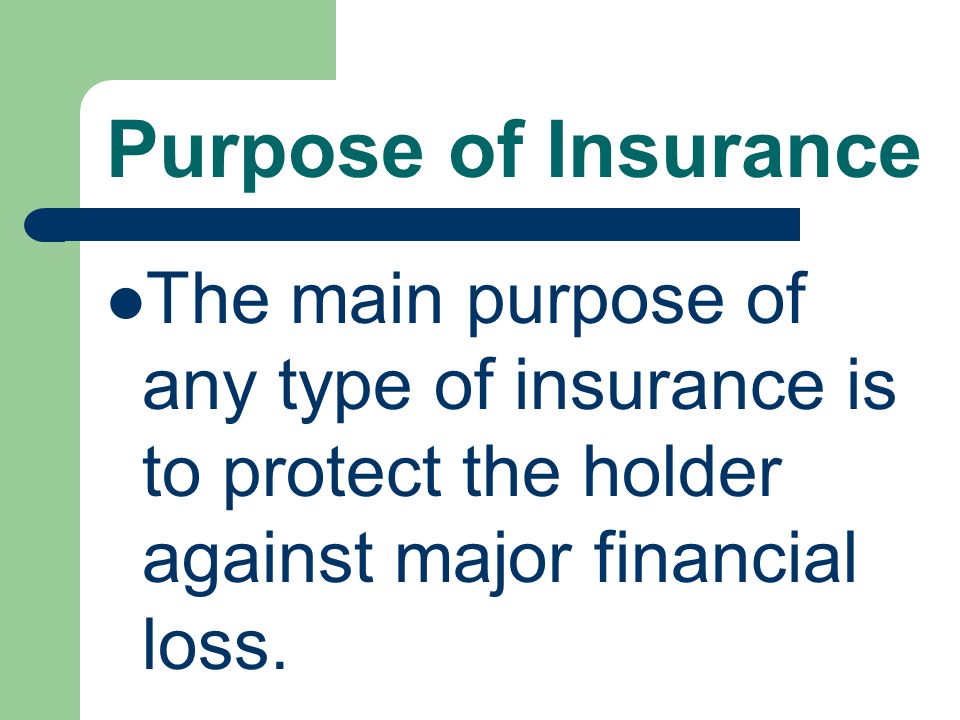Little Known Questions About Pacific Prime.

This decline of practically 2 million in the number of people 'without insurance policy (a reduction of around 4 percent) is definitely a favorable modification. With a softer economic situation in 2000 the most up to date reported gains in insurance protection may not continue (Fronstin, 2001) (international travel insurance). The decline in the variety of uninsured will not proceed if the economic climate continues to be slow and healthcare prices remain to outmatch inflation
This is because the information were accumulated for a period of strong financial efficiency. Of the estimated 42 million people that were uninsured, almost concerning 420,000 (about 1 percent) were under 65 years old, the age at which most Americans become eligible for Medicare; 32 million were grownups in between ages 18 and 65, around 19 percent of all grownups in this age; and 10 million were kids under 18 years old, concerning 13.9 percent of all kids (Mills, 2000).
These quotes of the variety of individuals uninsured are created from the annual March Supplement to the Current Populace Study (CPS), conducted by the Census Bureau. Unless otherwise kept in mind, national price quotes of individuals without medical insurance and percentages of the population with various type of insurance coverage are based upon the CPS, the most commonly made use of resource of price quotes of insurance policy protection and uninsurance prices.
Pacific Prime Fundamentals Explained

Still, the CPS is especially helpful since it produces yearly price quotes fairly promptly, reporting the previous year's insurance policy protection estimates each September, and due to the fact that it is the basis for a constant set of estimates for even more than twenty years, permitting evaluation of patterns in coverage with time. For these factors, as well as the substantial use of the CPS in various other research studies of insurance protection that exist in this record, we depend on CPS estimates, with constraints kept in mind.

The estimate of the check it out variety of uninsured people increases when a population's insurance policy condition is tracked for numerous years. Over a three-year duration starting early in 1993, 72 million individuals, 29 percent of the united state population, were without insurance coverage for at the very least one month. Within a single year (1994 ), 53 million individuals experienced at the very least a month without coverage (Bennefield, 1998a)
6 out of every ten uninsured adults are themselves employed. Functioning does improve the likelihood that one and one's household participants will have insurance policy, it is not an assurance. Even participants of families with two full time breadwinner have almost a one-in-ten possibility of being uninsured (9.1 percent uninsured rate) (Hoffman and Pohl, 2000).
The Main Principles Of Pacific Prime
New immigrants represent a significant proportion of individuals without wellness insurance coverage. One evaluation has actually associated a significant portion of the recent growth in the dimension of the united state uninsured population to immigrants who showed up in the country between 1994 and 1998 (Camarota and Edwards, 2000). Current immigrants (those that involved the USA within the previous 4 years) do have a high price of being without insurance (46 percent), but they and their children account for just 6 percent of those without insurance policy across the country (Holahan et al., 2001).
The partnership in between medical insurance and access to care is well established, as recorded later on in this phase. Although the relationship between medical insurance and health outcomes is neither direct nor simple, a substantial clinical and wellness services research literature links medical insurance coverage to improved accessibility to care, much better high quality, and enhanced individual and population health status.
Levels of evaluation for taking a look at the results of uninsurance. This conversation of wellness insurance protection focuses mostly on the U.S. populace under age 65 since basically all Americans 65 and older have Medicare or various other public coverage. It focuses especially on those without any health insurance coverage for any length of time.
Getting The Pacific Prime To Work
The problems encountered by the underinsured are in some respects comparable to those dealt with by the uninsured, although they are generally much less serious. Health and wellness insurance coverage, nevertheless, is neither essential neither sufficient to gain access to clinical solutions. The independent and direct result of health and wellness insurance protection on access to wellness services is well developed.
Others will certainly obtain the healthcare they require even without wellness insurance coverage, by paying for it out of pocket or seeking it from service providers that provide treatment complimentary or at very subsidized rates. For still others, wellness insurance coverage alone does not make certain invoice of care since of other nonfinancial barriers, such as an absence of healthcare carriers in their neighborhood, minimal accessibility to transportation, illiteracy, or linguistic and cultural distinctions.
Some Known Details About Pacific Prime
Formal research regarding uninsured populations in the United States dates to the late 1920s and early 1930s when the Board on the Expense of Treatment produced a series of reports regarding financing doctor workplace gos to and hospitalizations. This problem ended up being prominent as the varieties of clinically indigent climbed up during the Great Depression.